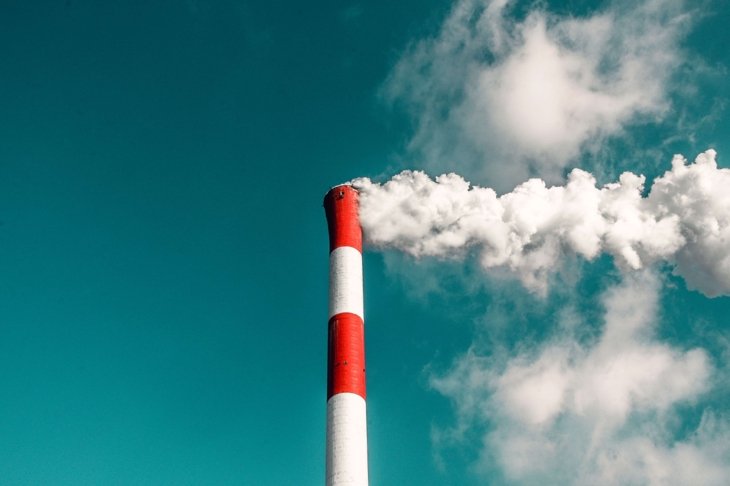
1. Air pollution: a mixture of natural and synthetic substances in the air we breathe.
- Indoor air pollution can be reduced by making sure that your building is well ventilated and regularly cleaned to avoid the buildup of mold and dust.
- Exposure to outdoor air pollution can be reduced by checking your city’s air quality monitors and avoiding heavy traffic and second-hand tobacco smoke.
2. Bisphenol A (BPA): a chemical produced in large quantities for use primarily in the production of polycarbonate plastics. To reduce your exposure:
- Avoid microwaving polycarbonate plastic food containers.
- Opt for glass, porcelain, or stainless steel containers, particularly for hot food or liquids.
- Use baby bottles that are glass or stainless steel.
- Be wary of BPA plastic alternatives such as bisphenol S (BPS), as these substances may cause similar health effects.
3. Perfluoroalkyl and Polyfluoroalkyl Substances (PFAS): manufactured chemicals widely used in everyday items, including certain types of nonstick pans and waterproof clothing. If possible, avoid purchasing PFAS-containing products.
4. Pesticides: agricultural chemicals in food production. Choose organic produce, and make sure to give all fruits and veggies a good wash.
5. Phthalates: a group of chemicals used to make plastics (such as those in packaging and children’s toys) more flexible and harder to break; also used in cosmetics and fragrances. Avoid putting your food in phthalate-containing plastic, and avoid artificial fragrances.
6. Triclosan: an antibacterial chemical sometimes found in toothpastes, hand sanitizers, and deodorants. Look for all-natural alternatives and read labels carefully if a product claims to be “antibacterial.”
For more information, check out Environmental Defence’s printable pocket guide to common environmental toxins.






























